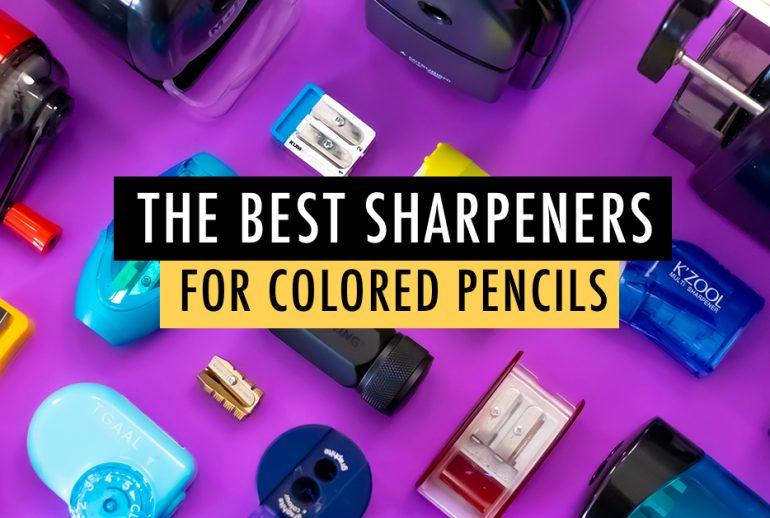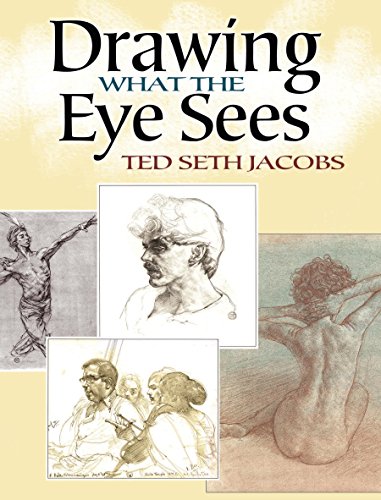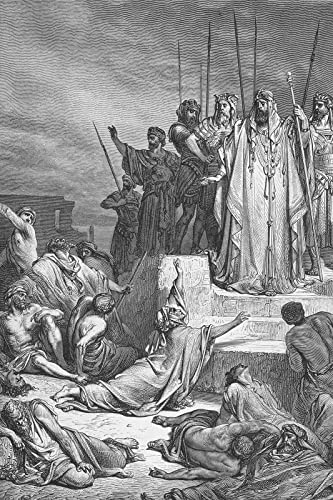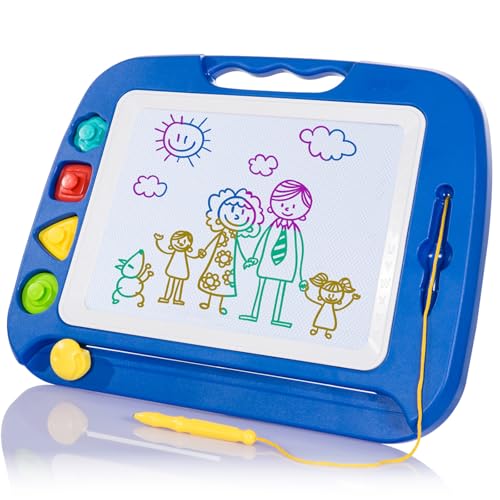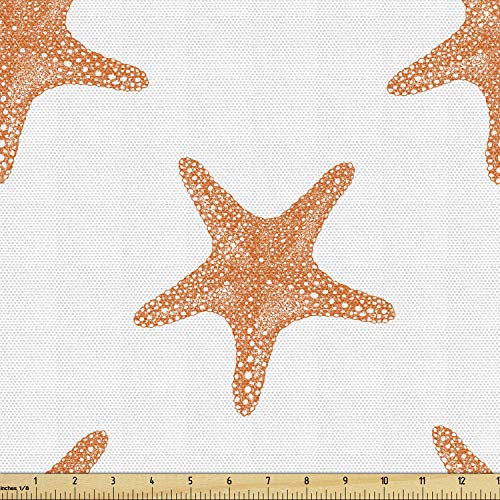Finding the right sharpener for colored pencils can be challenging. Colored pencils need specific sharpeners to avoid breakage and achieve fine tips.
Colored pencils are different from regular pencils. They have softer cores and require gentle care. The right sharpener makes all the difference. It ensures a smooth, clean cut and prolongs the life of your pencils. Artists and hobbyists know the frustration of a broken pencil tip.
A good sharpener can prevent this. It’s not just about sharpening; it’s about preserving your tools. This guide will help you find the best sharpener for your colored pencils. Let’s explore the options that will keep your pencils in perfect shape.

Top Features To Consider
Choosing the best sharpener for colored pencils involves understanding key features that ensure your pencils are always ready for use. These features not only affect the quality of the sharpening but also the longevity and compatibility with your colored pencils. Here are the top features to consider:
Blade Quality
The blade quality is crucial for a good sharpener. High-quality blades provide a clean and precise sharpening, which is essential for colored pencils. Look for sharpeners with stainless steel or titanium-coated blades. These materials ensure durability and a longer lifespan for the sharpener.
Low-quality blades can damage the pencil tips, causing frustration and waste. Consider the following:
- Material: Stainless steel, titanium-coated
- Sharpness: Consistent and precise
- Durability: Long-lasting and resistant to wear
Compatibility With Pencil Sizes
Not all colored pencils are the same size. A good sharpener should accommodate various pencil sizes. This feature ensures that all your pencils, regardless of their diameter, can be sharpened effectively.
Consider these points:
- Adjustable: Can fit different pencil sizes
- Multiple Holes: Options for various diameters
- Universal Fit: Suitable for both standard and jumbo pencils
By focusing on these features, you can find the best sharpener for your colored pencils. Ensure your sharpener has high-quality blades and is compatible with different pencil sizes for the best results.
Electric Vs. Manual Sharpeners
Choosing the best sharpener for colored pencils can be challenging. Many artists and hobbyists face the dilemma of selecting between electric and manual sharpeners. Each type offers unique benefits and drawbacks. This section explores the pros and cons of both options, helping you make an informed choice.
Pros And Cons Of Electric
Electric sharpeners are popular for their convenience. They provide a consistent, sharp point with minimal effort. Just insert the pencil and let the machine do the work. This feature saves time, especially when you have many pencils to sharpen.
Electric sharpeners also offer adjustable settings. You can choose different point styles, from blunt to fine. This flexibility is useful for artists who need various pencil tips for different techniques.
However, electric sharpeners have some downsides. They need a power source, either batteries or an outlet. This dependency can be inconvenient in certain situations. Additionally, electric sharpeners are often bulkier and less portable.
They also tend to be more expensive. The initial cost can be higher compared to manual sharpeners. Maintenance can also be an issue. Over time, the blades may dull, requiring replacement.
Advantages Of Manual
Manual sharpeners are simple and reliable. They do not require any power source, making them portable and easy to use anywhere. Just twist the pencil by hand to sharpen it.
They are also more affordable. Manual sharpeners typically cost less than electric ones. This makes them a budget-friendly option for students and casual artists.
Manual sharpeners offer more control. You can stop sharpening when the pencil reaches your desired point. This precision is beneficial for colored pencils, which can be fragile and prone to breaking.
They come in various sizes and designs. Some have multiple holes for different pencil diameters. This versatility can be advantageous for artists with a diverse pencil collection.
Although manual sharpeners require more effort, they are a dependable choice. They are less likely to over-sharpen pencils, preserving the pencil’s lifespan. This feature can be especially important for expensive colored pencils.
Best Electric Sharpeners
Choosing the best sharpener for colored pencils can greatly enhance your drawing experience. Electric sharpeners are popular for their efficiency and precision. They save time and effort, making them perfect for artists and students alike. Let’s explore some of the top-rated electric sharpeners available on the market.
Top-rated Models
Several electric sharpeners stand out for their performance and durability. The X-Acto School Pro is a favorite among artists. It features multiple hole sizes and a durable motor. The AFMAT Electric Pencil Sharpener offers fast sharpening and auto-stop functionality. This prevents oversharpening. The PowerMe Electric Pencil Sharpener is compact and portable. It has a unique helical blade that sharpens pencils to a fine point.
User Reviews
Users love the X-Acto School Pro for its reliability. It handles different pencil sizes with ease. Many users appreciate the AFMAT sharpener’s quick sharpening time. They find the auto-stop feature very useful. The PowerMe sharpener receives praise for its portability. Users like its compact design and efficient performance. They mention that it sharpens pencils without breaking the leads.
Best Manual Sharpeners
A good manual sharpener is essential for colored pencils. These sharpeners can give you a sharp and precise point. They are also portable and easy to use. Here, we will discuss some of the best manual sharpeners for colored pencils.
Highly Recommended Options
Below are some of the highly recommended manual sharpeners for colored pencils:
| Sharpener | Description |
|---|---|
| Prismacolor Premier Pencil Sharpener | This sharpener is known for its smooth sharpening process. It also produces a fine tip. |
| Staedtler Manual Pencil Sharpener | Staedtler sharpeners are durable and offer precise sharpening. They are easy to clean. |
| Faber-Castell Grip Trio Sharpener | Faber-Castell offers a three-hole sharpener. It is suitable for different pencil sizes. |
Customer Feedback
Let’s look at some customer feedback for these sharpeners:
- Prismacolor Premier Pencil Sharpener: Customers love its consistent sharpness. They also appreciate its compact size.
- Staedtler Manual Pencil Sharpener: Users find it reliable and long-lasting. They mention it keeps the pencil shavings contained.
- Faber-Castell Grip Trio Sharpener: Reviewers praise its versatility. They also like its ergonomic design.
Portable Sharpeners For Artists On The Go
Artists often find themselves sketching in various locations. Having a reliable portable sharpener is essential. Whether you’re at a park or traveling, a good sharpener keeps your colored pencils ready. Below, discover the best portable sharpeners for artists who are always on the move.
Compact Designs
Compact sharpeners are perfect for artists who need to save space. These sharpeners fit easily into pencil cases or bags. Despite their small size, they deliver excellent performance. Here are a few popular compact sharpener designs:
- Single-hole sharpeners
- Double-hole sharpeners
- Twist and turn models
Each type has its benefits. Single-hole sharpeners are light and simple. Double-hole sharpeners offer more versatility. Twist and turn models are user-friendly and can often handle different pencil sizes.
Durability And Performance
Durability is crucial for portable sharpeners. A good sharpener should last through many uses. High-quality materials like metal blades and sturdy plastic casings ensure long-lasting performance. Here are some features to look for:
| Feature | Benefit |
|---|---|
| Metal Blades | Sharper and more durable |
| Sturdy Plastic | Resists breaking |
| Compact Size | Easy to carry |
Performance is equally important. A sharpener should create a fine point without breaking the pencil. This ensures your colored pencils are always ready for detailed work. Look for sharpeners with smooth operation and a clean cut.
Sharpeners For Different Pencil Types
Colored pencils require a sharpener that preserves their soft cores. The best sharpener for colored pencils has a gentle blade. This helps to prevent breakage and ensures a smooth coloring experience.
Selecting the right sharpener for your colored pencils can enhance your drawing experience. Different pencils require different sharpeners to keep their tips perfect. This section breaks down the best sharpeners for various pencil types.
Colored Pencils
Colored pencils have softer cores. They need a sharpener that provides a gentle touch. A sharp blade ensures a fine tip without breaking the lead. Look for sharpeners with adjustable settings. This allows you to choose the perfect sharpness for your coloring needs. Manual sharpeners with high-quality blades often work best. Electric sharpeners with multiple hole sizes can also be a good choice.
Graphite Pencils
Graphite pencils need a different type of sharpener. They have harder leads compared to colored pencils. A sharpener that can handle the pressure is necessary. Many artists prefer electric sharpeners for graphite pencils. These sharpeners provide consistent results. Manual sharpeners with sturdy blades are also effective. They offer control and precision. Choose a sharpener that suits your grip and sharpening style for the best results. “`
Sharpening Tips And Maintenance
Maintaining your colored pencils in top condition is essential for achieving vibrant, smooth, and consistent coloring. In this section, we will cover sharpening tips and maintenance to ensure your colored pencils stay sharp and ready for use.
Proper Usage Techniques
Using the right technique when sharpening your colored pencils can prolong their life and improve performance. Follow these steps for best results:
- Insert the pencil gently into the sharpener.
- Rotate the pencil instead of the sharpener for even sharpening.
- Avoid excessive pressure to prevent breakage.
- Stop sharpening once a fine point is achieved.
Cleaning And Care
Regular cleaning and care of your sharpener are crucial for maintaining its efficiency. Here are some tips:
- Remove shavings after each use to prevent clogging.
- Use a small brush to clean the blades periodically.
- For electric sharpeners, follow the manufacturer’s cleaning instructions.
- Store the sharpener in a dry place to avoid rust.
Keeping your colored pencils and sharpener in top shape ensures consistent and vibrant artwork. Proper usage and regular maintenance will extend the life of your tools, allowing you to focus on your creativity.

Frequently Asked Questions
What Is The Best Sharpener For Colored Pencils?
The best sharpener for colored pencils is a hand-cranked or electric sharpener with adjustable settings. Look for one that prevents breakage.
Can You Use Regular Sharpeners For Colored Pencils?
Regular sharpeners can be used, but they may break or wear down colored pencils more quickly. Use sharpeners designed for colored pencils.
How Do You Sharpen Colored Pencils Without Breaking Them?
Use a sharpener specifically made for colored pencils. Apply gentle pressure and rotate the pencil slowly to avoid breakage.
Do Electric Sharpeners Work Well For Colored Pencils?
Yes, electric sharpeners work well for colored pencils. Choose one with adjustable settings to avoid over-sharpening and breakage.
Conclusion
Choosing the best sharpener for colored pencils ensures smooth, vibrant coloring. A good sharpener keeps your pencils in top shape. It prevents breakage and improves your artwork. Explore different options to find the one that suits your needs. The right sharpener makes coloring more enjoyable and efficient.
Invest in quality tools for better results. Happy coloring!

